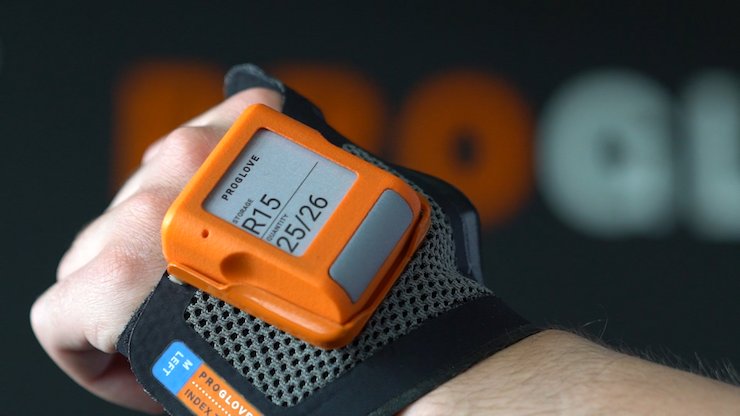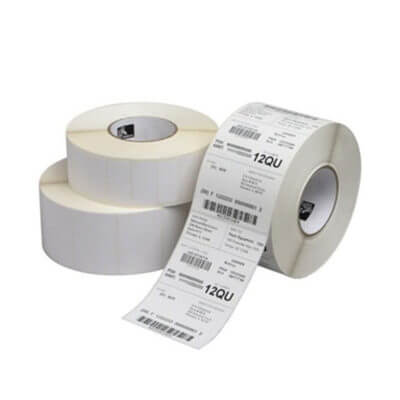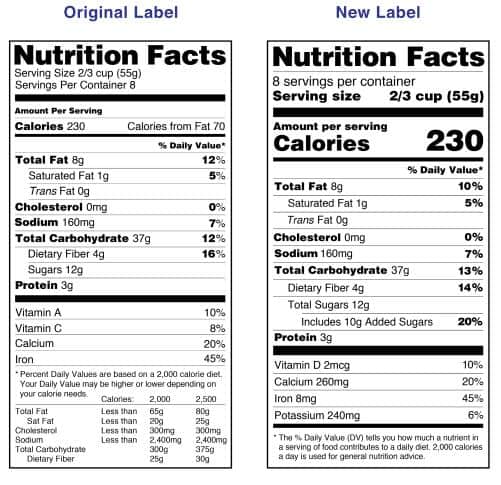Wearable barcode scanner manufacturer ProGlove has partnered with DyeMansion and FORMRISE to complete mass production of its latest product.
ProGlove’s go-to-market goal is to take the ubiquitous digital device in an industrial barcode scanner and make it smart and wearable. The startup was founded 6 years ago and has been working with post-processing company DyeMansion ever since, most recently with service provider FORMRISE, after initially using a Selective Laser Sintering (SLS) platform in the maker space.
Its MARK line of products includes the MARK Basic, MARK 2 Mid Range, MARK 2 Standard Range and the recently launched MARK Display, which displays information such as product and storage numbers to the user as they scan. The company suggests that while 6,000 scans can be performed on a full charge, the MARK Display can also help companies increase the speed of each scan by six seconds and reduce errors by 33 percent through intuitive feedback. The company already counts Seat, Bosch, Audi, Volkswagen, Kuka and Lufthansa Technik as clients, and is increasingly servicing it with 3D printing equipment.
ProGlove initially used fused deposition modeling technology to produce early prototypes, but due to testing and working with the parts to be printed, the company ended up using SLS technology. That way, it enjoys design freedom. 3D printing can create more complex shapes and reduces the number of components needed to put its barcode scanners together, but the company says it’s been working toward a comparable injection-molding approach. mechanical properties, and problems were encountered with part coloring. However, in partnership with GyeMansion, ProGlove believes it has overcome these challenges.
The barcode scanner’s housing is printed via FORMRISE, the parts are washed with DyeMansion’s POWERSHOT C platform, a semi-smooth and scratch-resistant finish is done on the POWERSHOT S machine, and then evenly dyed in a shade of orange that matches the ProGlove brand Inside the DM60 unit . Overall, post-processing takes about three hours, and ProGlove says the quality of its 3D-printed products is closer to that of injection-molded parts.
ProGlove’s MARK Display Barcode Scanner
“Through the product-to-product workflow, we saw the development of a competitive part and put SLS into real volume production,” said Konstantin Brunnbauer, vice president of production at ProGlove. “Our PolyShot overlays have an exceptional finish. When We have proven this when delivering injection molded parts to customers who say they prefer the PolyShot finish.”
Up to 10,000 units can be produced using this process, and injection molded parts need to be ordered in large quantities. ProGlove says 3D printing and DyeMansion’s post-processing tools have helped it improve product quality, giving MARK parts an “advanced surface finish” that “stands up to everyday wear and tear” and ensures all products are repeatable. The company is now expanding production of the MARK device and working with DyeMansion to develop new products.
“That’s where we are now,” Brumbauer said. “We have repeatable processes where every part looks the same. We have perfect coloration across the entire surface, and these processes allow us to compete with traditional manufacturing techniques such as injection molding. For the end user, the customer, There is no difference. For us as a manufacturer, a reliable process gives us the freedom to grow and develop steadily.”




